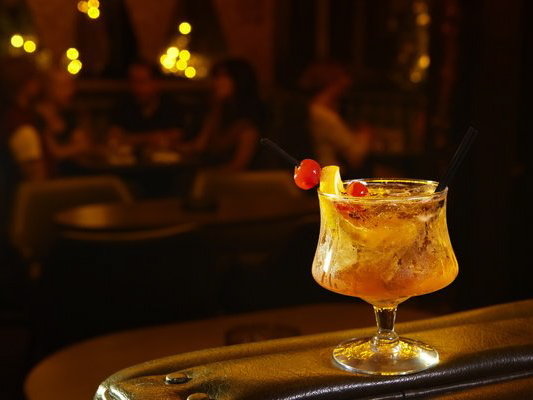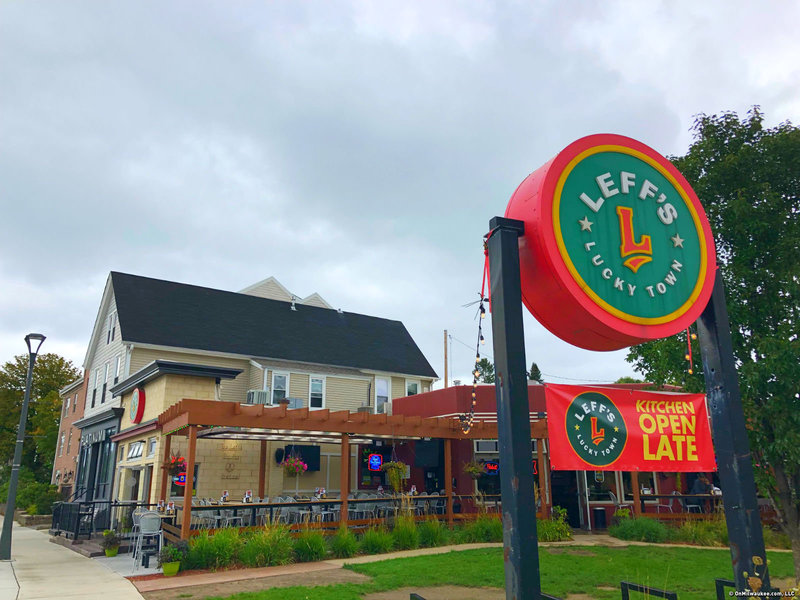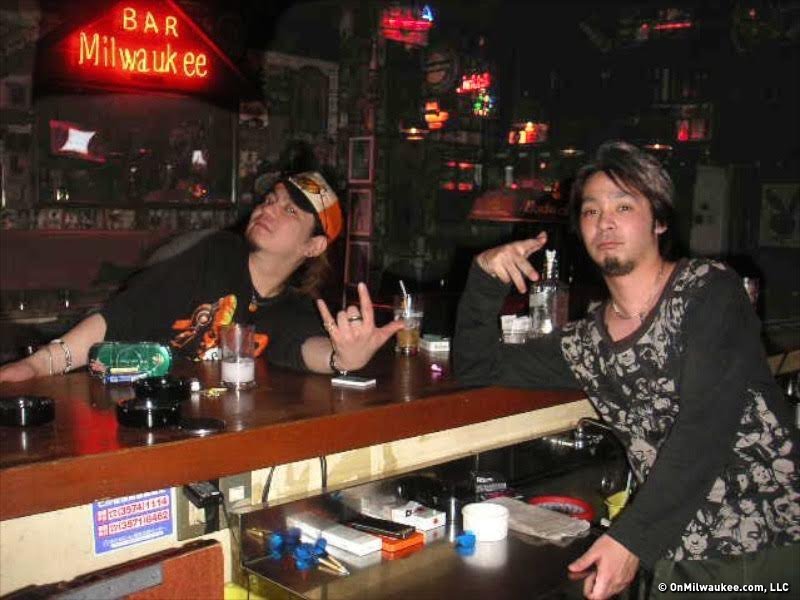"Bar Month" at OnMilwaukee.com is back for another round! The whole month of February, we're serving up intoxicatingly fun articles on bars and clubs -- including guides, the latest trends, rapid bar reviews and more. Grab a designated driver and dive in!
Right now food guru Michael Pollan's latest book "Food Rules: An Eater's Manual" is gaining momentum. He's not a scientist nor a nutritionist, but as a professor of science journalism, he seems to have done his homework when he writes about the healthiest ways for us humans to consume food.
He tells us to eat whole food -- mostly plants -- and avoid the pre-packaged, processed stuff. As the saying goes, if your grandparents didn't eat it, neither should you.
It's interesting stuff and it's something I couldn't help thinking about as OnMilwaukee.com ventured into Bar Month this year. Do the same rules apply to drinks?
Now, I'm not trying to compare farm-fresh broccoli to a boozy cocktail, but there has been an obvious shift in the way we consume alcohol, especially over the last half a century.
When selecting your drink of choice at bars today, the vodkas are endless, the colors are neon and the shots involving Red Bull are growing exponentially. Two hundred years ago, there was no such thing as a Jager bomb.
A snapshot of drinks at a mid-19th century saloon might include punches and toddies, but not the multi-ingredient concoctions we consume today. Mixed drinks in America were nothing more than basic liquors -- whiskey, brandy or gin -- sweetened with a little sugar.
Even as little as 50 years ago, a martini wasn't raspberry flavored vodka in a gigantic sugar-rimmed glass drizzled with chocolate sauce. It was a no-nonsense combination of five parts gin to one part vermouth with either a lemon twist or an olive, and that was that.
When it came to cocktails, our grandparents didn't mess around with filler. The classic cocktails of their heyday -- "old man drinks," as they're now affectionately called -- were usually booze mixed with other booze and garnished with a specific piece of fruit. They were simple, efficient and definitely got the job done.
Synthetic sweetness wasn't a factor and there was certainly no bar scene battleground over who could combine the most syrups to make the most "exotic" flavors. And sugar was used out of pure necessity.
If you ask a bartender at Bryant's Cocktail Lounge what a Depression Era drink is, he'll explain that they're old-timey cocktails that were originally designed to mask the flavor of bootlegged booze. Now there's a justifiable use of sugar if I ever heard one.
He'll then serve you one for half price if it's a weekday between 5 and 9 p.m.
Classic cocktails, according to David A. Embury, author of "The Fine Art of Mixing Drinks," should be made from good quality, high-proof liquors. In his book dedicated to the original cocktails, he goes on to say the drink should "whet rather than dull the appetite," should never be too sweet or syrupy, but rather dry with sufficient alcohol flavor, should be pleasing to the eye and, of course, should always be well iced.
Is there really a need for all the excess, especially when these fancy drinks cost $12 in Milwaukee and probably twice that in larger cities? And why has our generation forgotten about the old fashioneds, the Manhattans, the sloe gin fizzes in lieu of liquid candy?
OnMilwaukee.com staff writer Julie Lawrence grew up in Wauwatosa and has lived her whole life in the Milwaukee area.
As any “word nerd” can attest, you never know when inspiration will strike, so from a very early age Julie has rarely been seen sans pen and little notebook. At the University of Wisconsin-Milwaukee it seemed only natural that she major in journalism. When OnMilwaukee.com offered her an avenue to combine her writing and the city she knows and loves in late 2004, she knew it was meant to be. Around the office, she answers to a plethora of nicknames, including “Lar,” (short for “Larry,” which is short for “Lawrence”) as well as the mysteriously-sourced “Bill Murray.”







